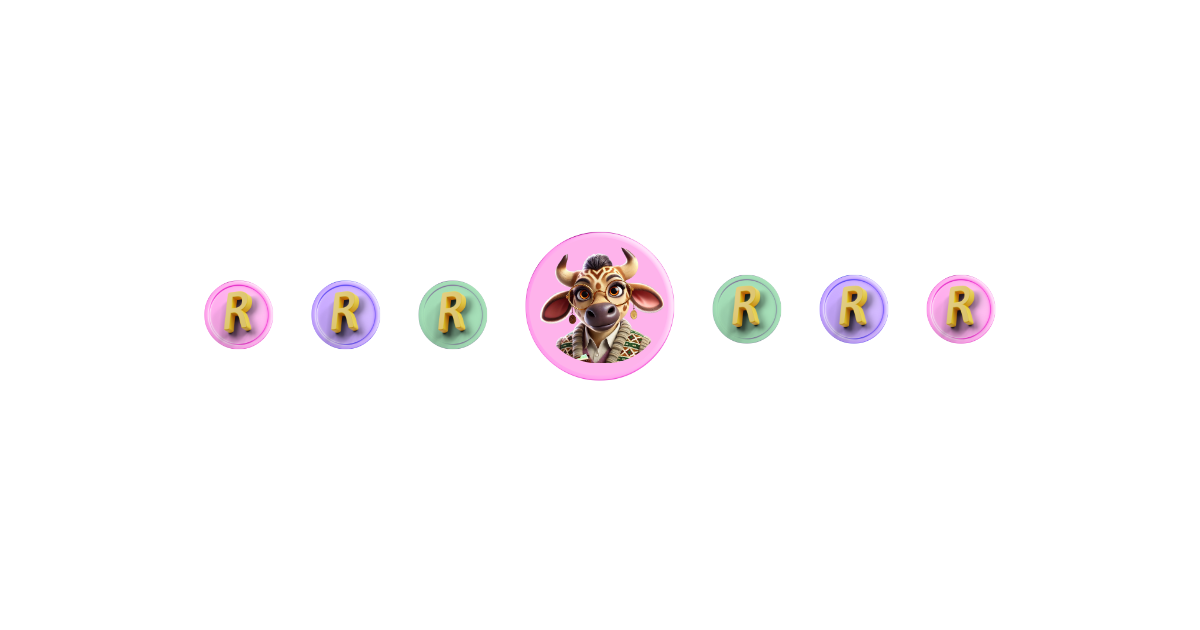

Learn how to teach kids to track their spending with practical tools, simple habits, and real conversations that build money awareness from an early age
Where does the money go?
It’s a question we ask ourselves as adults. But it’s also one that kids can start exploring from the moment they begin spending.
This week, we’re zooming in on the habit of tracking spending. When kids learn to notice how they spend, they build awareness, confidence, and control.
And the best way to teach this habit? Keep it real. Start small. Do it together.
Let’s dive into A mindset to cultivate, a habit to form, and a tip to try as we teach kids to track their spending.
A Mindset to Cultivate
We often explain where money comes from: Think birthday envelopes, tooth fairy visits, or Saturday chores. But we don’t often show kids where it goes.
Tracking spending isn’t about guilt or restriction. It’s about building awareness. It helps kids make the connection between what they value and what they spend their money on. Plus, it helps them feel the responsibility of spending their money well.
When they start to understand their own spending patterns, they begin to feel more in charge of their money choices.
Takeaway: Money is just like a friend. You want to know where it’s been and what it’s been up to.
Also read: How to teach kids to manage their pocket money.
A Habit to Form
Here’s how the habit starts: every time any money is spent, write it down right away.
This tiny pause creates space to reflect. Over time, kids start asking:
“Was it worth it?”
“Would I buy it again?”
“Did I get joy from it?”
Writing it down in their own words helps them think deeper and remember better. And it’s a great way for them to learn about wants and needs too.
Takeaway: Tracking spending teaches reflection, not regret.
Want to learn how to teach kids delayed gratification?
A Tip to Try
The simplest way to model reflection is to share your own spending stories. We know - gasp…
“I spent this much on takeaway. Was it even worth it?”
“I almost bought something I didn’t need. Ever felt that way?”
This is not a lecture (or a monologue). But rather, it opens the door to a conversation (which is so much more conducive to learning).
Takeaway: It’s not about being perfect. It’s about being open.
Learn how tracking their spending ties in with their money goals by reading: How to teach kids to set money goals.
Use Our Free Money Map: Going Out to Track That Spend.
Download our free Money Map: Going Out to help your mini millionaire track where their money goes across the ‘Four Jars’ of spending, saving, sharing, and sowing.
Each time money is used, they’ll record the amount and the reason. At the end of the week, they’ll tally it up, rank their categories, and reflect on how it felt to use their money that way.
It’s a fun and practical way to build lifelong money habits.
